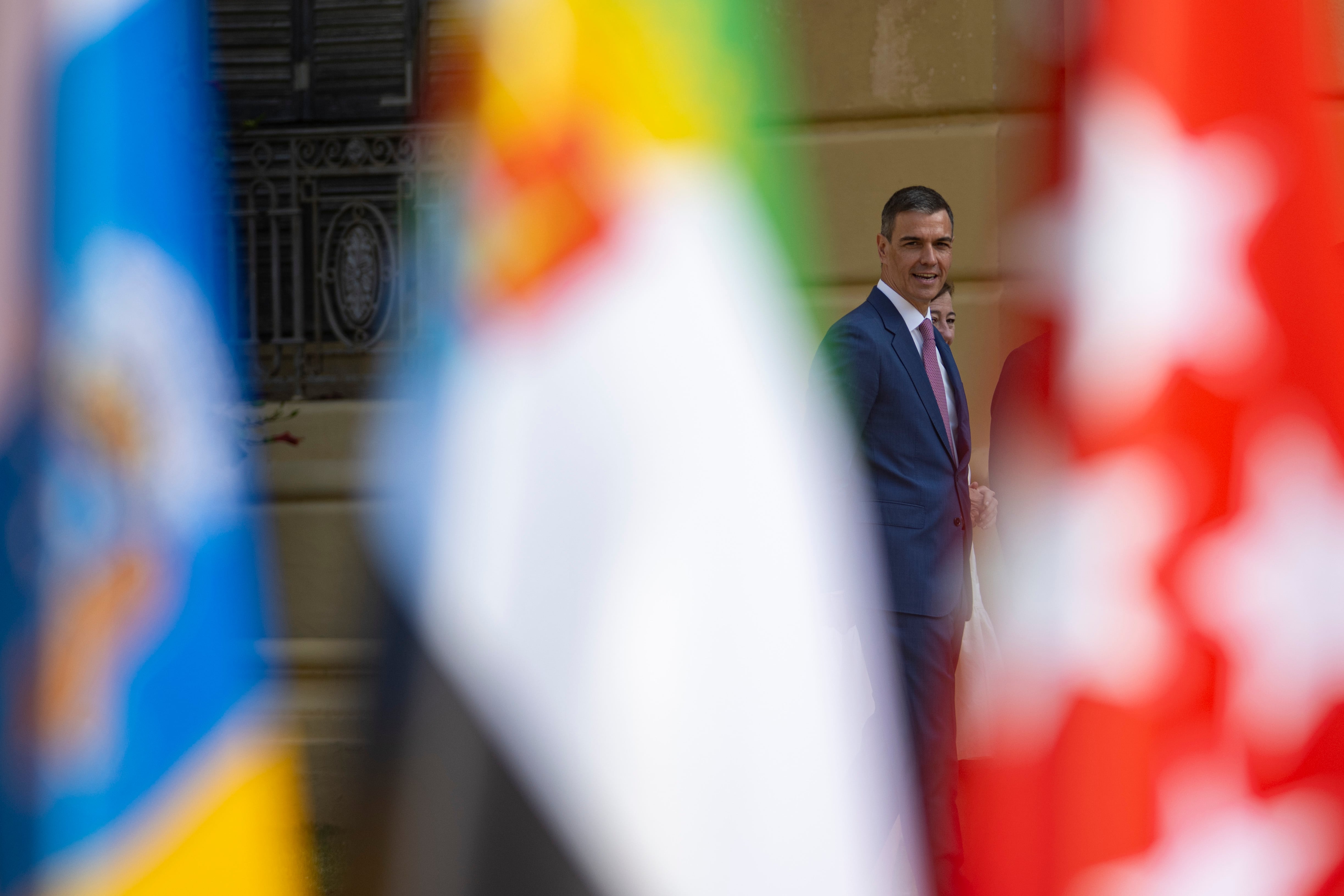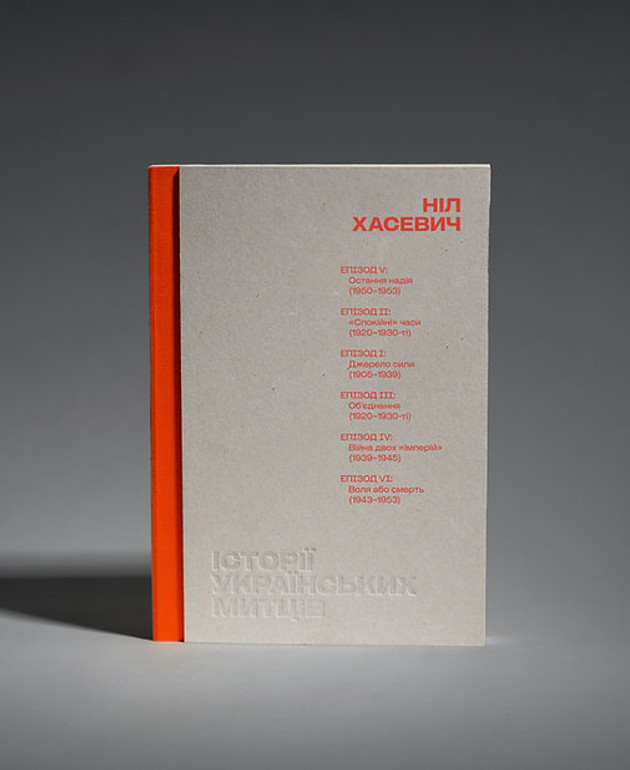Why have we started importing gas from Russia again? Or rather, why have we never stopped?

Moscow gas arrives in Europe now aboard the « ghost ships ». A complex (and secret) network of shipowners, ports and safe passages. But imports via tube also resumed, despite the closure of the Ukrainian route
They begin in the last year pre-war in Ukraine. Let’s start with the numbers because with those you never make a mistake. Russia in 2021 provided 38% of our gas requirement: 29 billion cubic meters of methane. In 2022, the first year of war, Italy had managed to strongly decrease Moscow dependence But we were still far from self -sufficiency and energy independence. We had reduced to 18% the Russian import share of the total: at the end of the year 2022 we pompame about 13-14 billion cubic meters of Russian import from the access point of the SNAM network in Tarvisio, in Friuli (We had written here in his time).
The diversification of the sources of supply
As soon as the Russian invasion of Ukraine began, Europe (with Italy in the lead) has imagined a long hallway from Russian gas diversifying the supply contracts of methane. Italy decided to replace that raw material with Azero and Algerian gas via Gasdotto and with large quantities of liquid natural gas (GNL) to be rejected in our Italian systems. The Draghi government entered into supply contracts, for a large part via Gasdotto by Algeria and Azerbaijan (via Tap) and for the remaining part thanks to the supplies of GNL signed by Eni on behalf of Italy with Qatar, Angola, Egypt, in a small part Mozambique and Algeria herself (Here the 2022 plan of the Draghi government, with the minister of the time Roberto Cingolani).
The EU Russian Gas zeroing plan
He maximized also the production of coal plants who are now going to complete extinguishing for environmental issues. With a plan for reducing consumption that was agreed with Brussels. In May 2022, the EU developed different measures to gradually reduce gas consumptionwith the aim of ceasing Russian gas imports by 2027. A goal was never questioned. The gradual elimination of Russian energy was a priority of both the new commission that of the Polish Presidency of the Council of the European Union.
However, Moscow supplies have never stopped
In fact, the supply of methane of Russia to Europe, however, has never stopped despite the closure of the Ukrainian route that supplied Italy. If there isor stop to supplies in 2022 imposed heavy rationing plans to families and industries, a scenario that did not occur Also because in Moscow it is always agreed from a financial point of view drinking Europe with methane (here what we wrote at the time), now the situation would be quieter. And instead we discover that in 2024 the import of Russian gas in Europe increased by 18%, supports the latest EMBER report (You can read it here) which highlights how this data conflicts with the objective declared by Brussels.
Methane’s question is unchanged
THEand imports of Russian gas increased by 18% in 2024 (38 to 45 billion cubic meters), above all due to the increase imports in Italy (+4 billion cubic meters), in the Czech Republic (+2 billion cubic meters) and France (+1.7 billion cubic meters). And, according to the global energy think tank based in the United Kingdom, Russian imports are destined to grow in 2025, detects the Sole 24 hours. The same commission has announced the postponement to the publication of the publication – scheduled for March 26 – of the Road -Map towards the stop to Russian import, also given the current scenarios of possible truce in Ukraine strongly favored by the Trump presidency.
The increase in the Russian GNL import
The increase was largely determined by the growing imports of liquefied natural gas (GNL) Russian. This trend continues in 2025, with an average of 74.3 million cubic meters per day of Russian gas imports in February, with a monthly increase of 11%.
Moscow gas arrives in Europe aboard the so -called « ghost ships ». A complex (and secret) network of ships, shipowners, ports and passages dominated by countries willing to deal with Russia. An opaque network made of intermediaries, hidden loads without covers against environmental damage, ghost policies, liquid methane translates in the midst of oceans from one ship to another. A network consisting of gas ships beating flags of convenience, with triangolations in Europe between Cyprus and Malta (We had also written about it for oil imports banned by the EU and the USA).
Poor information and badly collected information
There are unknown characters who have bought old ships to build this parallel market. By composing a « dark » fleet, which sails in the shadows. This is the case of Germany, cHe managed to get around the ban on buying Moscow gases directly, continuing to import it through other European ports. Everything is made possible – say the EMBER analysts – from the lack of transparency. Some information is not collected, others that are found at national level are not comparable at European level because they are collected in different ways, or they are difficult to access, record an analysis of the Confindustria newspaper.
Imports via tube also increase
But also the imports from Russia via Gasdotto continue, despite the failure to renew the transit agreement for Ukraine with the Uregonny-Pomary-Uzhorod network, which took place on January 1, 2025. In February 2025 the European Union received 56 million cubic meters per day of Russian gas through the Turkstream gas pipeline, with a monthly increase of 11%. In total, the imports of Russian fossil fuels by the 27 reached 21.9 billion euros in 2024, exceeding 18.7 billion euros in financial aid provided to Ukraine.
Price analyzes
In 2025, the reference price of the gas in Europe, the TTF (Title Transfer Facility), is about double compared to pre-crisis levels. Only in 2024 it increased by 59%, Passing from 30 to 48 euros megawattora. This has in turn pushed the prices of electricity in Europewith the industry of the Old Continent who – as a black on white in the Draghi report – pays double compared to the United States and China.
READ ALSO
-
Stefano Venier: «Gas, investing for safety. For Snam a pan -European strategy «
-
Crimea, because the region that can lead to Putin’s peace is economically and militarily strategic
-
Gas, oil, fracking: has the great challenge for fossil energy reopened?
-
Many leaders of niche, but for development and growth it serves much more
-
Gas bills still on: +1.1% in January. What happens to energy with the against China’s duties
-
Dubai, the new Mecca of the investments of the rich Italians: why are they buying a house?
-
Venier: « Energy and gas, a still fragile balance »: Snam will invest over 12 billion on the network
-
Putin? Now he loses the battle of wheat: in two years Russian agriculture falling by 20%
-
Greenland, Trump’s move against the « Arctic route » of Russia and China (open from climate change)









